Every year, billions of birds embark on remarkable journeys across continents, navigating through diverse landscapes and weather patterns. While many factors influence migration timing, precipitation plays a particularly fascinating role in this complex biological phenomenon. Rain affects food availability, creates favorable flying conditions, and serves as an environmental cue that helps birds determine when to begin their epic journeys. This intricate relationship between rainfall patterns and bird migration reveals nature’s delicate balance and the remarkable adaptability of avian species in response to environmental signals.
The Precipitation-Migration Connection
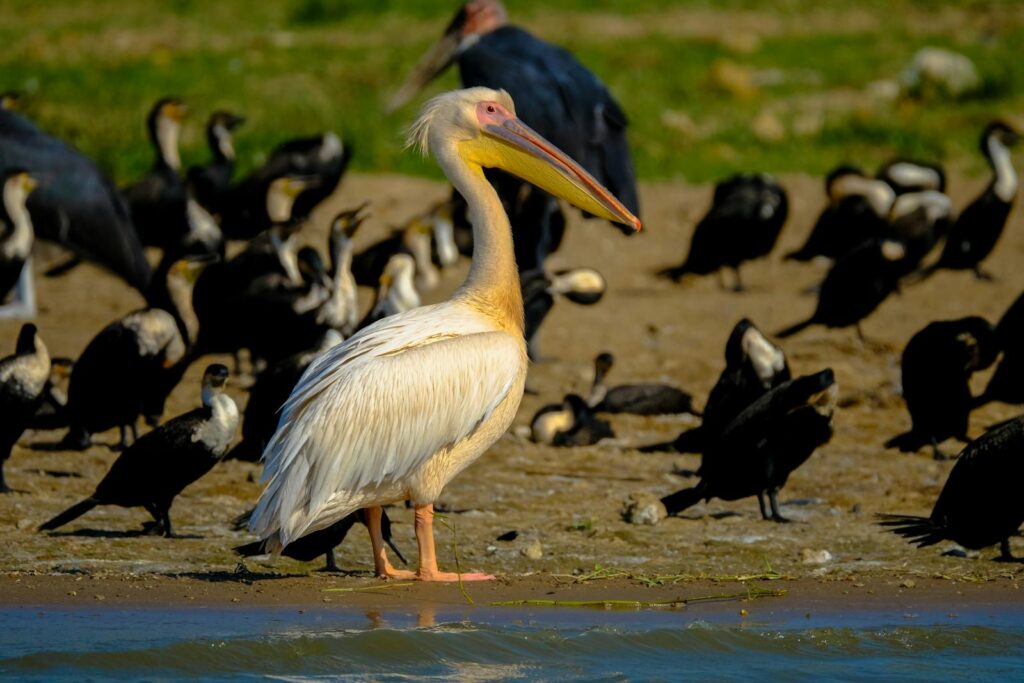
The relationship between rainfall and bird migration represents one of nature’s most sophisticated ecological connections. When rain falls, it triggers cascading effects throughout ecosystems that birds have evolved to monitor and respond to with remarkable precision. These precipitation patterns often coincide with seasonal changes that signal ideal times for birds to begin their journeys to breeding or wintering grounds. Research has shown that many species have developed heightened sensitivity to subtle shifts in rainfall patterns, allowing them to make critical decisions about migration timing. This evolutionary adaptation helps birds maximize their chances of survival by ensuring they arrive at destinations when conditions are most favorable.
How Rain Affects Food Availability
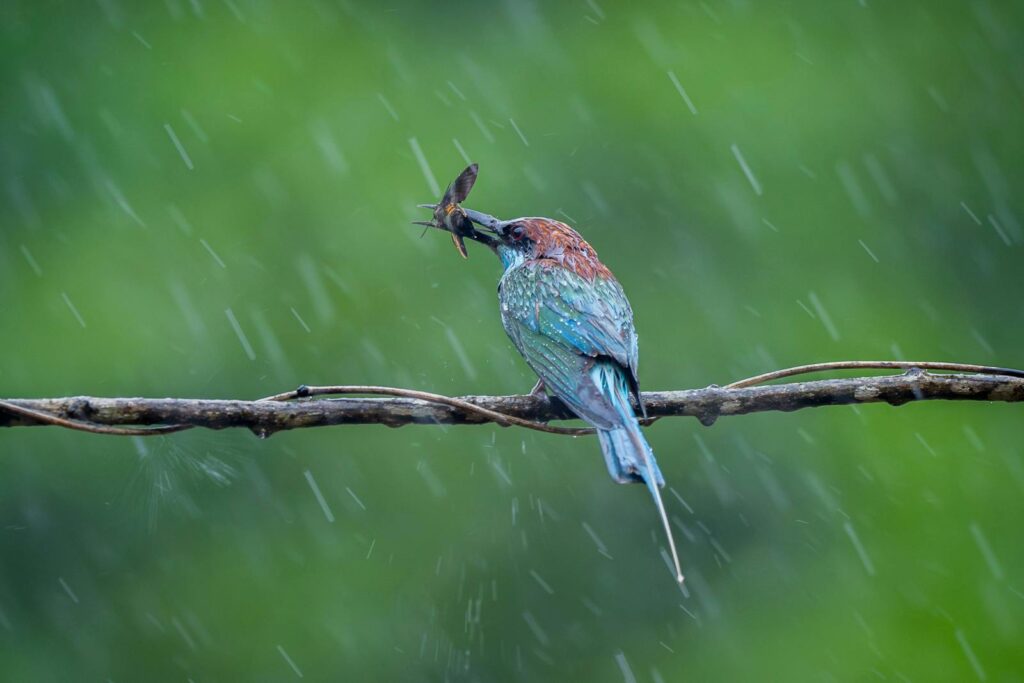
Rainfall directly influences the food sources birds depend on, creating a powerful trigger for migration timing. In many ecosystems, precipitation stimulates insect hatches, plant growth, and seed production that provide essential nutrition for migrating birds. For insectivorous species, rain often leads to population explosions of flying insects, caterpillars, and other invertebrates that offer high-energy food sources needed for the demanding journey ahead. Seed-eating birds respond to rainfall patterns that affect seed production and availability in their habitats. Waterfowl migration is particularly responsive to rainfall that creates temporary wetlands, shallow pools, and flooded fields rich with aquatic food sources.
Rainfall as an Environmental Cue
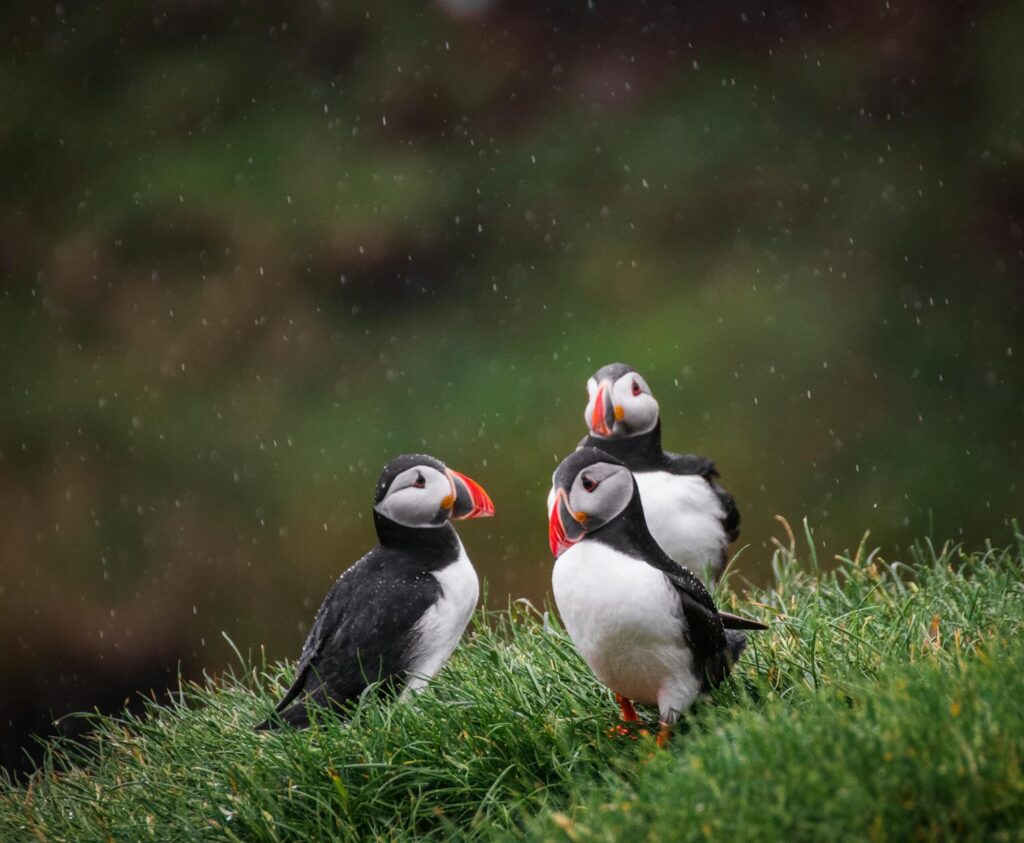
Birds have evolved sophisticated biological mechanisms to detect and respond to environmental signals, with rainfall patterns serving as crucial migration cues. Their sensory systems can detect subtle changes in barometric pressure, humidity, and other atmospheric conditions that precede or accompany rainfall events. Many migratory species possess internal biological calendars that combine these rainfall cues with daylight changes to determine optimal departure times. Some birds can even detect distant rainfall through infrasonic sounds that travel hundreds of miles, allowing them to anticipate changing conditions in their destination habitats. These remarkable adaptations demonstrate how deeply intertwined rainfall patterns are with the evolutionary development of bird migration strategies.
Drought Conditions and Delayed Migration
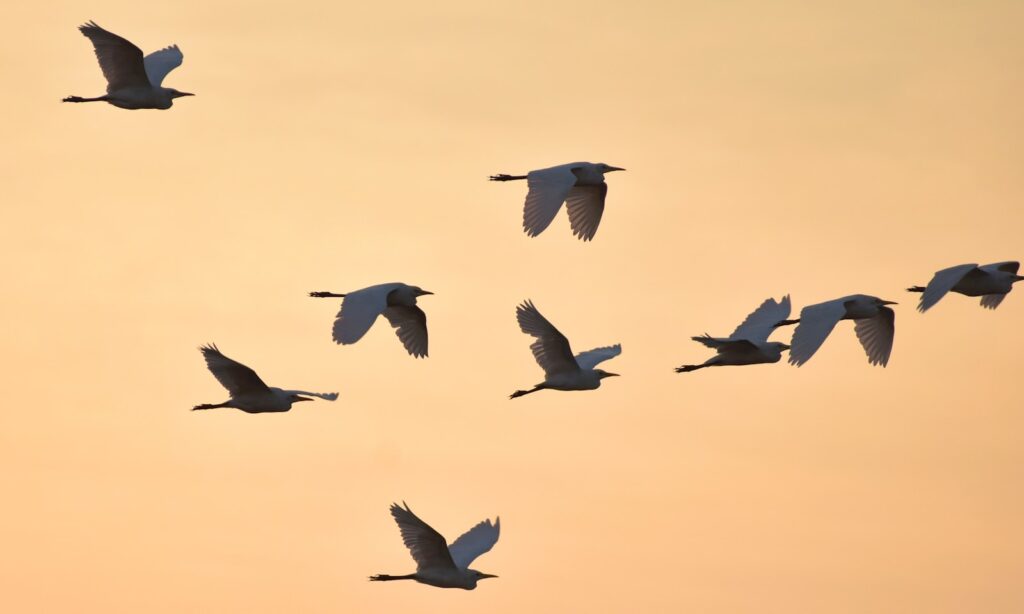
The absence of rain can significantly disrupt migration patterns, often leading to delayed departures as birds wait for more favorable conditions. During drought periods, many species will postpone migration until rainfall triggers the necessary environmental changes that signal suitable conditions in their destination habitats. This delayed migration can have cascading effects, potentially disrupting breeding cycles and reducing reproductive success if birds arrive too late at breeding grounds. Research has documented numerous cases where prolonged droughts have altered traditional migration timing by weeks or even months across various species. Some birds demonstrate remarkable flexibility during these conditions, making shorter migration stops or selecting alternative routes that follow available rainfall patterns.
Seasonal Monsoons and Migration Timing

In many tropical and subtropical regions, seasonal monsoon rains create dramatic environmental shifts that directly influence bird migration patterns. These predictable rainfall systems transform landscapes from dry, resource-poor habitats to lush, productive ecosystems teeming with food resources for birds. Many species have evolved migration strategies specifically synchronized with monsoon patterns, arriving just as rainfall creates optimal feeding conditions. The Asian monsoon system, for example, influences the movements of billions of birds across the continent, with species timing their journeys to coincide precisely with the seasonal rains. Researchers have documented how even slight shifts in monsoon timing due to climate change can disrupt these finely-tuned migration schedules, creating mismatches between bird arrivals and peak resource availability.
Rain-Driven Insect Hatches

One of the most direct ways rain triggers migration involves the dramatic insect hatches that follow precipitation events. When rainfall moistens soil and vegetation, it often stimulates mass emergences of insects that provide critical high-energy food sources for migrating birds. Many bird species have evolved to detect these insect population explosions and time their migration movements accordingly. Swallows, swifts, and flycatchers are particularly responsive to these rain-triggered insect booms, often adjusting their migration pace to take advantage of temporary feeding opportunities. In some remarkable cases, birds can detect distant rainfall and the subsequent insect activity through atmospheric changes, allowing them to navigate toward these food-rich areas during their journey.
Flying Conditions and Rain
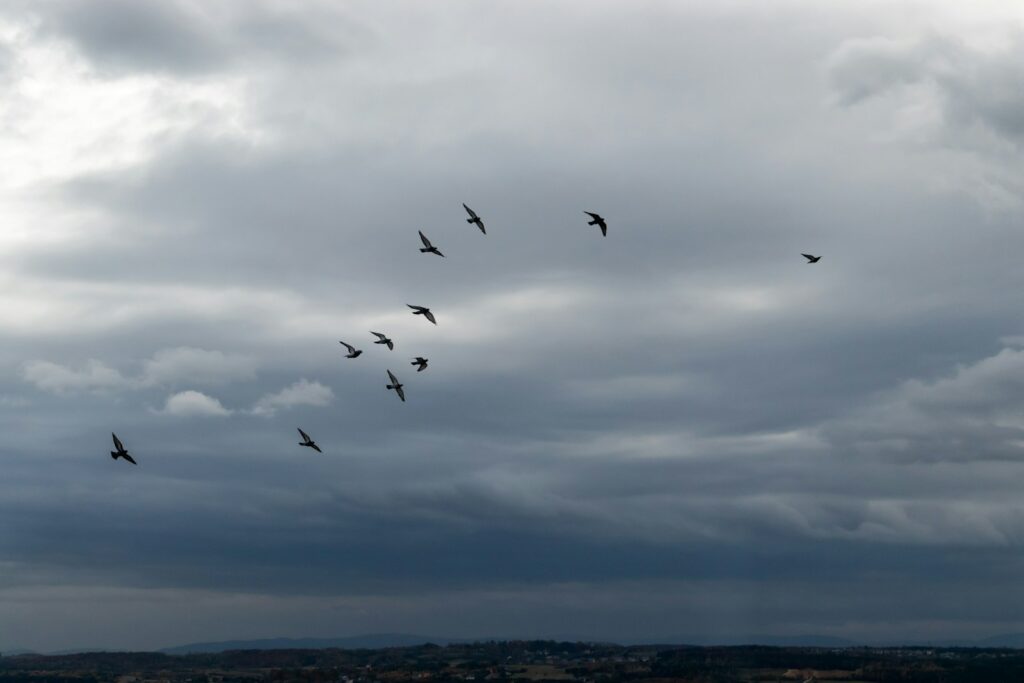
Beyond its influence on food resources, rainfall directly affects the physical conditions birds experience during migration. Light rain can actually improve flying conditions by increasing air density and reducing the energy birds need for sustained flight. However, heavy precipitation presents serious challenges, creating headwinds, reducing visibility, and potentially soaking plumage, which can be dangerous or even fatal during long flights. Many migratory species have evolved remarkable weather-sensing abilities that help them anticipate and avoid dangerous storm systems during their journeys. Radar studies have revealed how birds often adjust their migration altitude, speed, and direction in response to approaching rainfall, demonstrating their sophisticated weather assessment capabilities.
Desert Crossings and Rainfall
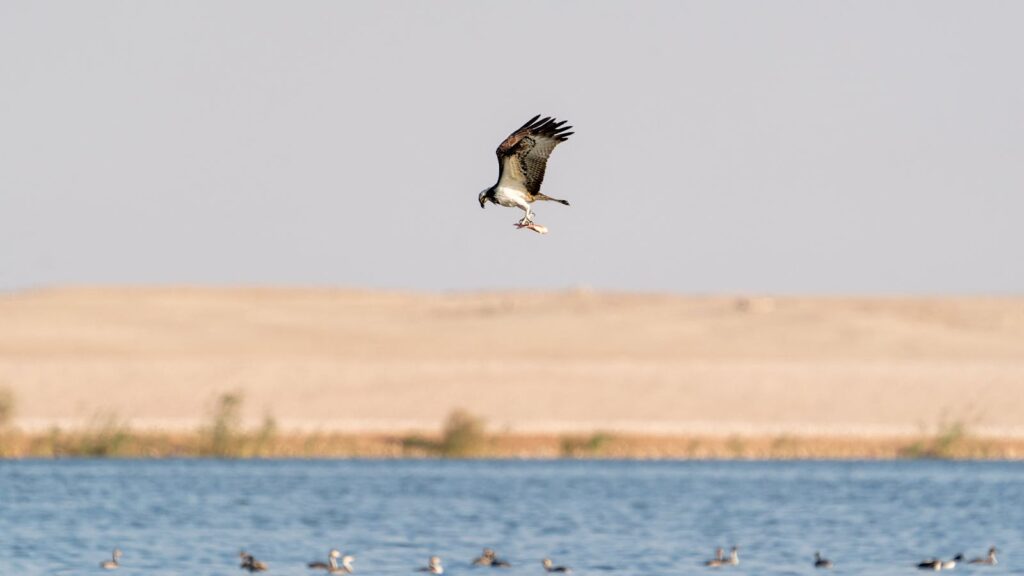
For bird species whose migration routes cross arid regions, rainfall patterns become critically important factors in their survival strategy. Many birds time their desert crossings to coincide with seasonal rainfall that creates temporary oases and food resources in otherwise harsh environments. These rain-dependent habitats serve as crucial refueling stations that allow birds to rest and replenish their energy reserves before continuing their journey. Species crossing the Sahara Desert, for example, have been documented using satellite imagery to detect distant rainfall and adjust their flight paths accordingly. The precision with which birds can track these ephemeral water sources across vast desert landscapes demonstrates their extraordinary navigational abilities and the importance of rain in their migration strategies.
Climate Change and Shifting Rainfall Patterns

As climate change alters global precipitation patterns, many bird species face unprecedented challenges in maintaining their traditional migration timing. Research increasingly documents mismatches between historical bird migration schedules and the changing rainfall patterns that drive food availability in their habitats. These disruptions can lead to birds arriving at breeding or wintering grounds when conditions are suboptimal, potentially reducing their survival and reproductive success. Some adaptable species have demonstrated an ability to adjust their migration timing in response to these changes, while others appear more constrained by their evolutionary programming. Long-term studies suggest that rainfall-related migration cues may be becoming less reliable as climate patterns become more erratic, creating significant conservation concerns for many migratory species.
Regional Variations in Rain Response

The relationship between rainfall and migration timing varies considerably across different geographical regions and bird species. In tropical regions, birds often respond to subtle shifts between wet and dry seasons rather than the temperature changes that drive migration in temperate zones. Waterbirds in Australia’s interior demonstrate particularly dramatic responses to rainfall, sometimes traveling hundreds of miles to suddenly filled desert lakes following rare precipitation events. Shorebirds migrating along Asia’s East Asian-Australasian Flyway time their movements to coincide with seasonal monsoon patterns that create productive mudflats and wetlands. These regional variations highlight how birds have evolved highly specialized responses to local rainfall patterns across their range, demonstrating remarkable ecological adaptability.
Detecting Rain From Afar

Perhaps one of the most fascinating aspects of avian migration is birds’ ability to detect rainfall at great distances, sometimes hundreds of miles away. Researchers have discovered that some migratory species can sense infrasonic sounds generated by distant rainfall, allowing them to navigate toward areas where conditions might be favorable. Other birds appear sensitive to subtle changes in barometric pressure and air mass movements that precede rainfall events. This remarkable sensory capability allows birds to make real-time adjustments to their migration routes based on current precipitation conditions rather than relying solely on innate calendars. Advanced tracking technologies have revealed how birds sometimes make unexpected course changes that correlate precisely with distant rainfall events, demonstrating this extraordinary weather-sensing ability.
Conservation Implications

Understanding the relationship between rainfall patterns and bird migration has become increasingly important for conservation efforts in our changing climate. As precipitation regimes shift globally, migratory birds face growing challenges in maintaining the precise timing that their survival depends upon. Conservation strategies now increasingly focus on protecting networks of habitats that can provide resources under varying rainfall conditions, creating resilience for migrating populations. Wetland conservation has proven particularly critical, as these rain-dependent habitats serve as essential stopover sites during migration journeys. Researchers and conservation organizations now regularly incorporate rainfall prediction models into their planning to anticipate how changing precipitation patterns might affect migratory species and identify populations at greatest risk.
Conclusion

The profound connection between rainfall and bird migration represents one of nature’s most remarkable ecological relationships. From triggering insect hatches and plant growth to serving as navigational cues and creating favorable flying conditions, rain influences nearly every aspect of bird migration. As climate change continues to alter global precipitation patterns, understanding these connections becomes increasingly vital for conservation efforts. The extraordinary abilities birds have evolved to detect, interpret, and respond to rainfall patterns reveal the sophisticated adaptations that make migration possible. By continuing to study this intricate relationship, scientists can better predict how changing rainfall regimes might affect bird populations and develop more effective strategies to protect these remarkable travelers on their epic journeys.
